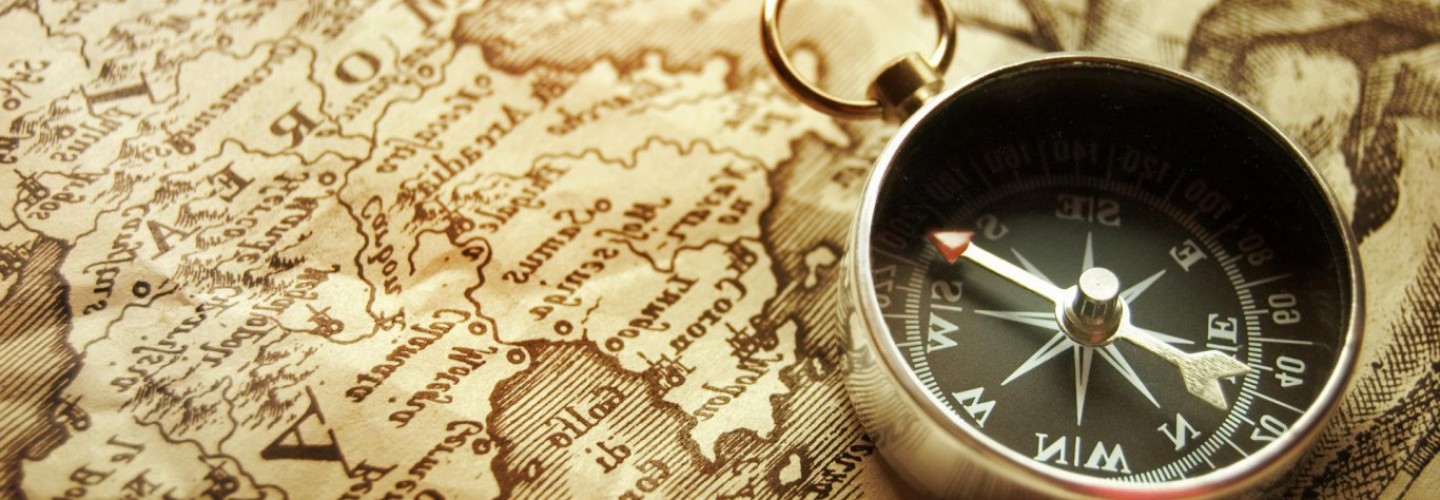The Corruption Perception index, although extremely scientific, is not very accurate in my opinion. It doesn’t completely encapsulate what corruption entails, and could not possibly fully uncover all the corruption in a country.
Since the turn of the millennium, the Transparency international has published the Corruption Perceptions Index (CPI) annually ranking countries “by their perceived levels of corruption, as determined by expert assessments and opinion surveys.” Corruption can be hard to define, and in the perspective of the CPI, corruption is defined as the “misuse of public power for private benefit” and ranks 177 countries “on a scale from 100 (very clean) to 0 (highly corrupt). The way they measure or test corruption in a country is through a series of 13 surveys, from 12 different institutions, which include the World Bank and Freedom House. Countries must be assessed by at least three sources to appear in the CPI.The 13 surveys/assessments are either business people opinion surveys or performance assessments from a group of analysts. Early CPIs also used public opinion surveys.
This system has been greatly criticized for its validity due to it being a ‘percieved’ level of corruption, instead of an actual level of corruption. Due to the fact that corruption is largely hidden, getting accurate results is impossible. The results of these also have a strong correlation between a countries gross domestic product and corruption in a country, which is unfair to relate. The Corruption Perception Index is also susceptable to perceptual biases, making it gravely inaccurate.
Alex Cobham in a Foreign Policy article in 2013 stated “CPI should be dropped for the good of Transparency International.It argues that the CPI embeds a powerful and misleading elite bias in popular perceptions of corruption, potentially contributing to a vicious cycle and at the same time incentivizing inappropriate policy responses. Cobham resumes: “the index corrupts perceptions to the extent that it’s hard to see a justification for its continuing publication.”
Transparency International attempted to create a less ‘elite’ based survey for corruption, and called the scale The Global Corruption Barometer. This surveyed 114,000 people within 107 different countries for their opinion, and ranked countries according to the result. Although this may seem more accurate as it consults public opinion, it is still swayed by bias, and the lack of awareness towards how corrupt a government could actual be.
In my opinion, no amount of surveying could ever fully expose how corrupt a country is, especially considering the hidden aspects of corruption and the biases that lie with it.

